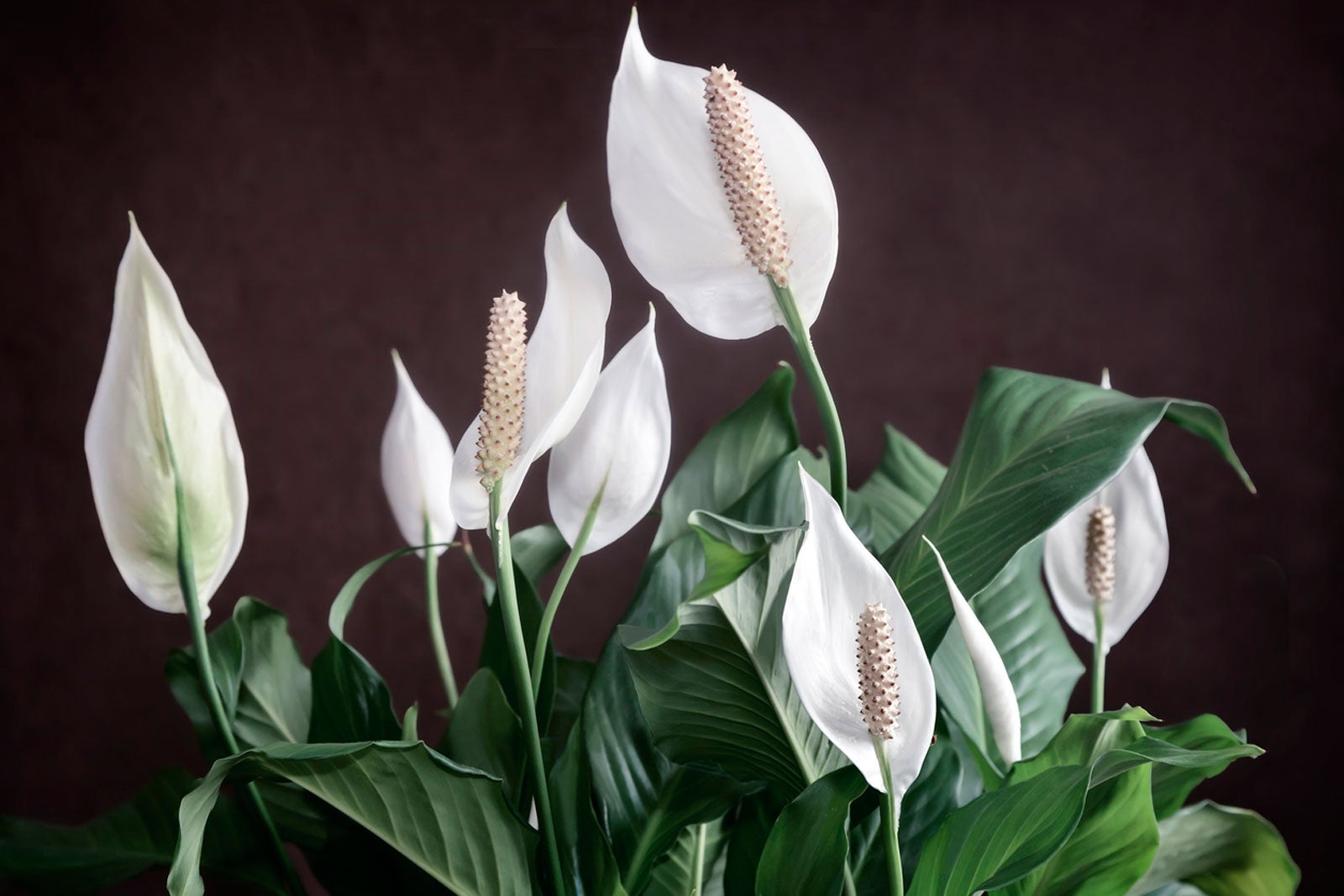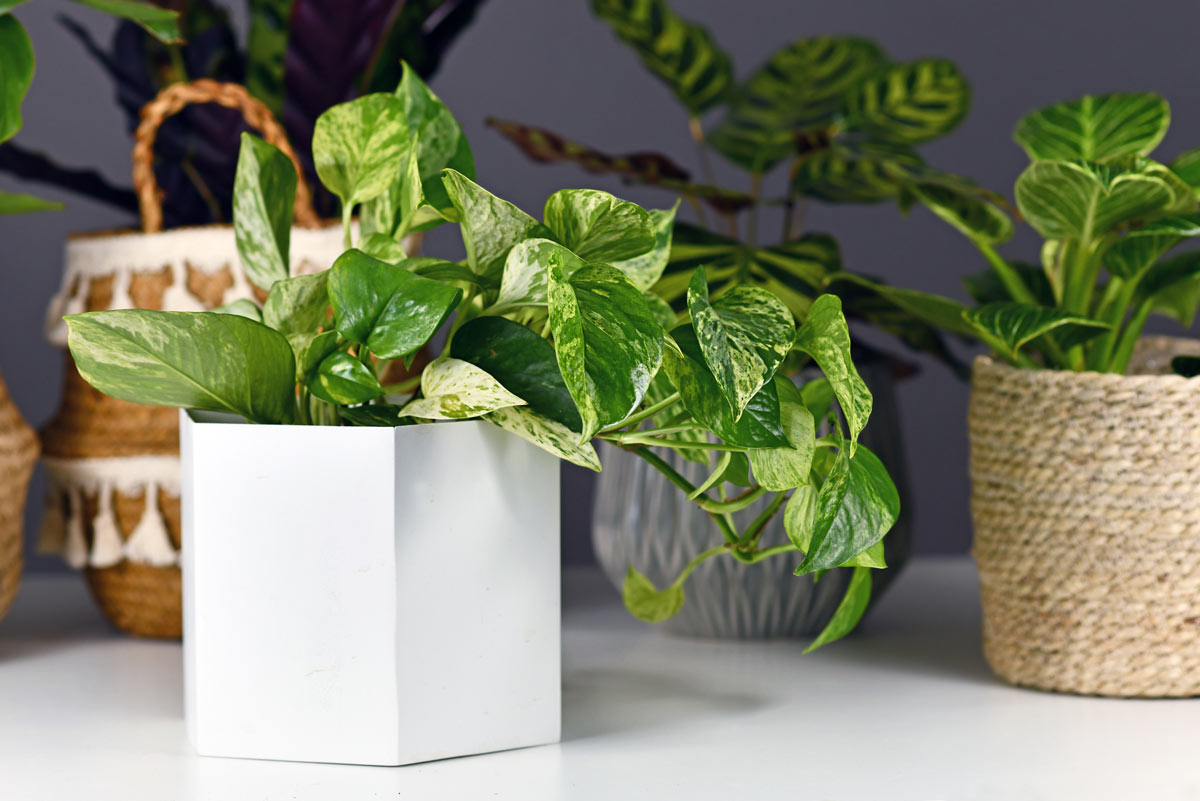Create a Lush Indoor Oasis with the Best Low-Light Indoor Plants
Create a Lush Indoor Oasis with the Best Low-Light Indoor Plants
Blog Article
Discover the Tricks of Low-Light Indoor Plants and How They Improve Your Setting
Low-light indoor plants have amassed raising interest for their unique ability to improve both aesthetic appeal and environmental high quality within work environments and homes. These durable species, including the Serpent Plant and Peace Lily, not just prosper in tough lighting problems however likewise play a critical duty in air filtration and psychological well-being.
Benefits of Low-Light Indoor Plants
Although many individuals assume that indoor plants require plentiful sunshine to flourish, low-light interior plants offer a wide variety of benefits that make them excellent for different settings. One of the key advantages is their flexibility; they can prosper in rooms with limited all-natural light, such as offices, cellars, or spaces with little windows. This attribute permits people to boost their surroundings with greenery, adding to improved aesthetics without the need for considerable lights alterations.
Moreover, low-light indoor plants can considerably enhance indoor air high quality by filtering system damaging toxins and releasing oxygen, making living areas healthier. The presence of plants has actually been linked to better feelings of harmony and focus.
Additionally, low-light plants commonly need less maintenance than their sun-loving counterparts, making them suitable for busy individuals or those brand-new to horticulture. Their durability allows them to love marginal treatment, thus providing a fulfilling experience for plant enthusiasts and amateurs alike. In recap, low-light indoor plants serve both visual and practical functions, making them important additions to any type of space.
Leading Low-Light Plant Varieties
Low-light indoor plants been available in a selection of species, each offering one-of-a-kind qualities and benefits suited for dark settings. Among one of the most popular selections is the Serpent Plant (Sansevieria), understood for its architectural fallen leaves and air-purifying capacities. This resistant plant thrives on forget and can tolerate a vast array of light conditions.
Another excellent selection is the ZZ Plant (Zamioculcas zamiifolia), which features shiny, dark eco-friendly leaves and is extremely drought-tolerant. Its adaptability makes it a favored for offices and homes with restricted sunshine.
The Pothos (Epipremnum aureum) is additionally a top contender, with its routing creeping plants and heart-shaped leaves - Best low-light indoor plants. This flexible plant can be trained to climb or cascade, adding visual passion to any type of room

Care Tips for Low-Light Plants
Caring for low-light indoor plants needs a nuanced understanding of their specific requirements to make certain ideal development and vigor. It is crucial to pick the ideal potting mix, as a well-draining dirt is important to avoid origin rot. A mix developed for houseplants, frequently having peat moss and perlite, functions well for most low-light selections.
Watering is an additional vital element of treatment. Low-light plants generally call for less regular watering compared to their sun-loving equivalents. It is suggested to inspect the leading inch of soil; if it really feels dry, it's time to water. Overwatering can result in issues such as mold and mildew and root degeneration.
Fertilization should be approached with caution. Throughout the expanding season, a diluted liquid plant over here food can be used monthly, but in winter season, several low-light plants go into dormancy and call for little to no fertilizing.
Last but not least, it is essential to regularly cleanse the fallen leaves to remove dust, enabling for far better light absorption. By sticking to these care pointers, you can grow a flourishing setting for your low-light interior plants, enhancing both their appearance and durability.
Enhancing Air Top Quality With Plants
Interior plants play a significant function in enhancing air high quality within homes and office. Via the procedure of photosynthesis, these plants absorb co2 and the original source launch oxygen, adding to a much healthier environment. Furthermore, particular low-light indoor plants possess the ability to filter harmful pollutants, such as trichloroethylene, formaldehyde, and benzene, which are frequently discovered in interior environments.

Furthermore, the existence of indoor plants can enhance moisture levels, which assists alleviate dry skin and breathing issues, better enhancing total well-being. This capability to enhance air high quality not only advertises physical wellness however additionally supports psychological wellness.
Including low-light interior plants into your living and working spaces can lead to a more stimulating and vivid environment (Best low-light indoor plants). Purchasing these all-natural air cleansers is a basic yet reliable technique for boosting indoor air quality and cultivating a much healthier lifestyle
Creating a Peaceful Indoor Area
The assimilation of plants right into living rooms not only enhances air top quality however likewise adds to a relaxing atmosphere. Low-light indoor plants, such as serpent plants and pothos, are specifically reliable in developing a serene setting, as they grow in problems that may or else be unwelcoming for various other plant. Their lush foliage offers a calming aesthetic, lowering stress and promoting leisure.
Including these plants right into your office or home can stimulate a feeling of peace and wellness. Purposefully placing them in areas where you invest substantial time, such as living spaces or workspaces, permits an immersive experience with nature, which has actually been revealed to boost state of mind and cognitive feature.
In addition, the mild movement of fallen leaves in action to air flow can create a vibrant visual component that boosts the general ambiance. Take into consideration utilizing a selection of plant heights and textures to add depth and rate of interest to your space. With thoughtful positioning and care, low-light interior plants can change any kind of area right into a tranquil haven, promoting not only visual satisfaction however also emotional and psychological wellness.

Final Thought
Integrating low-light interior plants right into numerous settings returns substantial benefits, consisting of enhanced air high quality and improved aesthetic charm. The transformative power of low-light plants highlights their value in improving both domestic and job-related setups.
Although several individuals presume that interior plants need bountiful sunlight to prosper, low-light indoor plants supply a wide variety of benefits that make them excellent for numerous atmospheres.Moreover, low-light interior plants can considerably boost interior air high quality by launching and filtering harmful toxic substances oxygen, making living rooms healthier. Furthermore, particular low-light interior plants possess the capacity to filter hazardous toxins, such as trichloroethylene, formaldehyde, and benzene, which are typically located in indoor atmospheres.
Low-light interior plants, such as serpent plants and pothos, are specifically reliable in producing a tranquil setting, as they thrive in conditions that might otherwise be unwelcoming for Extra resources various other plant.Including low-light indoor plants right into various environments yields considerable benefits, including enhanced air top quality and boosted visual appeal.
Report this page